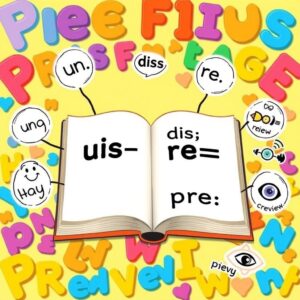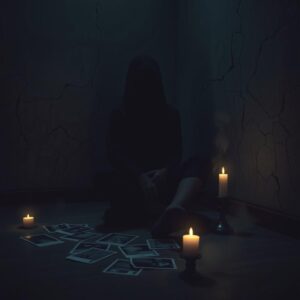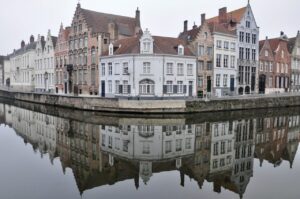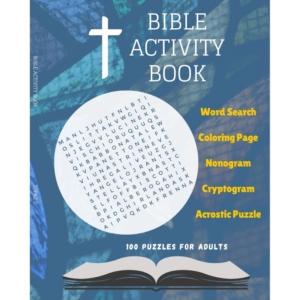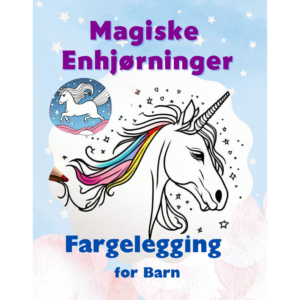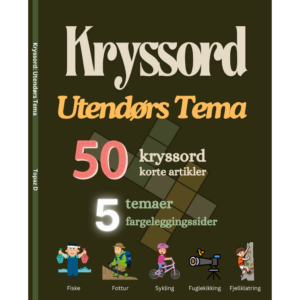
Explore & Play
Discover interesting topics and solve the accompanying crossword puzzle.
Direction Crossword: Exploring North, South, East, West Clues
Table of Contents
Direction Crossword
You can either fill in the crossword puzzle directly on this page or click the button in the bottom right corner to print it for free.
——————————————
Exploring Direction Clues in Crossword Puzzles: North, South, East, West and Beyond

Have you ever paused over a crossword clue that nudges you to look “north” or “right” before you even start writing? Direction clues in crosswords are those quiet guides—words that hint not just at meanings, but at where and how to place your answers. They ask you to think beyond the word itself, inviting you to notice the subtle ways direction shapes the puzzle.
Think of cardinal directions—North, South, East, and West—as familiar companions in the grid. Sometimes they appear as simple abbreviations, like N or S, quietly anchoring answers or serving as parts of words. Other times, they hint at movement or orientation within the puzzle, gently steering solvers toward unexpected patterns or placements.
Then there are relative directions: Upwards, Downwards, Left, Right, Forward, and Backward. These don’t just show you where to go; they offer a playful twist, encouraging you to reimagine the very act of reading within the puzzle’s neat squares. A clue might whisper “down” and invite you to read a word top to bottom, like leaves falling slowly from a tree, or “backward,” revealing a hidden reversal that turns a familiar word inside out.
These direction clues add layers of challenge, yes, but also an element of delight. They transform a simple pastime into a quiet dance between solver and puzzle, where every turn and shift invites mindful attention. Whether you’re new to crosswords or a seasoned solver, paying gentle attention to these directional hints can open doors to deeper understanding and unexpected joy.
As you explore the world of crossword direction clues, perhaps you’ll find moments that feel like a soft breeze—subtle shifts in perspective that make the puzzle unfold not as a test, but as a shared experience of discovery. A gentle reminder that sometimes, the way forward is found by looking in a different direction.
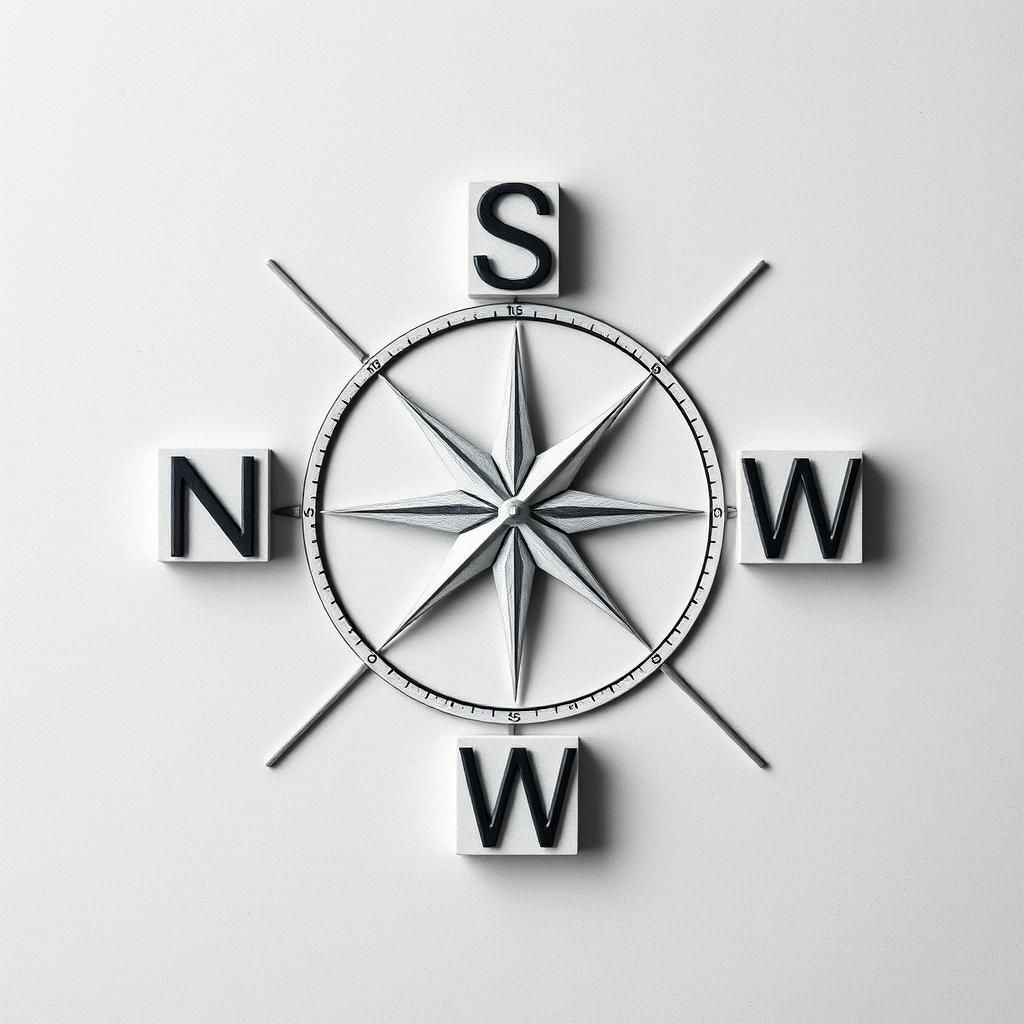
Understanding Cardinal Direction Clues in Crosswords
When you see N, S, E, or W in a crossword clue, these little letters often stand for more than just compass points. Puzzle makers love to use them as shorthand, dropping them into clues or answers to hint at direction without spelling it all out. For example, “Westerly breeze” might nudgingly point to the letter W, or “North star’s first” could simply signal the letter N.
These cardinal letters serve double duty: sometimes they’re just part of a word, other times they mark the start or end of an answer. They help keep clues lean, clean, and devilishly clever.
Beyond mere abbreviations, the compass points often weave into thematic layers. Think of a puzzle where every answer starts with a different direction letter, creating a subtle north-south-east-west pattern. Or where “heading east” might hint at reading letters left to right, while “going south” could mean dropping down a column.
This kind of wordplay adds texture to a puzzle, encouraging solvers to pause and notice patterns — like spotting ripples on a calm pond. It’s a gentle nudge to look beyond the obvious, to feel the puzzle’s rhythm.
Consider this clue: “Explorer’s right-hand direction (1).” The answer? E. Simple, but it opens a gateway to noticing how direction letters dress up clues with a hint of mystery.
These small compass points might seem straightforward, yet their quiet versatility breathes life into crosswords — they’re a shorthand language that invites you into the heart of the puzzle’s design. So next time you meet N, S, E, or W in a clue, lean in a little. They’re guiding you to look both closely and beyond.

Exploring Relative Direction Clues: Upwards, Downwards, Left, Right
Upwards and Downwards Clues
When you see words like “upwards” or “downwards” in a crossword clue, it’s tempting to assume the answer always runs vertically—reading from the bottom to the top or top to bottom. But crossword puzzles often play a little trick here. Sometimes, “upwards” might hint at something rising or increasing, not just the direction of the letters on the grid. Other times, it nudges you to read a word or phrase in reverse order along the vertical axis.
Picture a ladder you climb step by step—each rung a letter moving either up or down. But sometimes, the puzzle might have you imagine climbing down first, then up again. This playful back-and-forth keeps the solver guessing and engaged.
A quirky example: a cryptic clue might say “Look upwards for the answer,” prompting you to scan the column above a certain cell. Or it may hint that the answer is hidden vertically, but spelled backwards, like a gentle reversal of the usual flow.
If you’re feeling stuck, a quiet tip is to let your eyes drift slowly along columns, both up and down, scanning for familiar patterns or hidden words. With a little patience, these subtle cues transform into quiet guideposts on your solving journey.
Left and Right as Essential Direction Indicators
Left and right clues often feel like the footholds of crossword solving. They tell you not just where a word belongs but how its letters align with others. Imagine the puzzle grid as a silent conversation where words lean left or stretch right, crossing and supporting each other.
These directions affect how answers interlock, how letters overlap, and how the grid feels balanced. A clue that mentions “to the left” might mean the answer’s letters extend toward the left side of the grid, or that you should read a word backwards, gently turning the usual flow.
Sometimes, left and right act as subtle hints to alter your perspective; if a clue nudges “look right,” it may mean the answer is embedded in the phrase from left to right, or that you should shift your gaze along that line for hidden meanings.
Simple exercises help: when suspecting a left or right clue, try reading the possible answers both ways. You might discover a word that opens up only when you gently reverse your approach.
By attuning yourself to these directions, the puzzle becomes less a challenge to brute-force and more a delicate dance—where letters move in harmony, hinting and whispering their secrets just below the surface. A quiet shift, a glance left or right, might lead you to answers you’d almost overlooked.
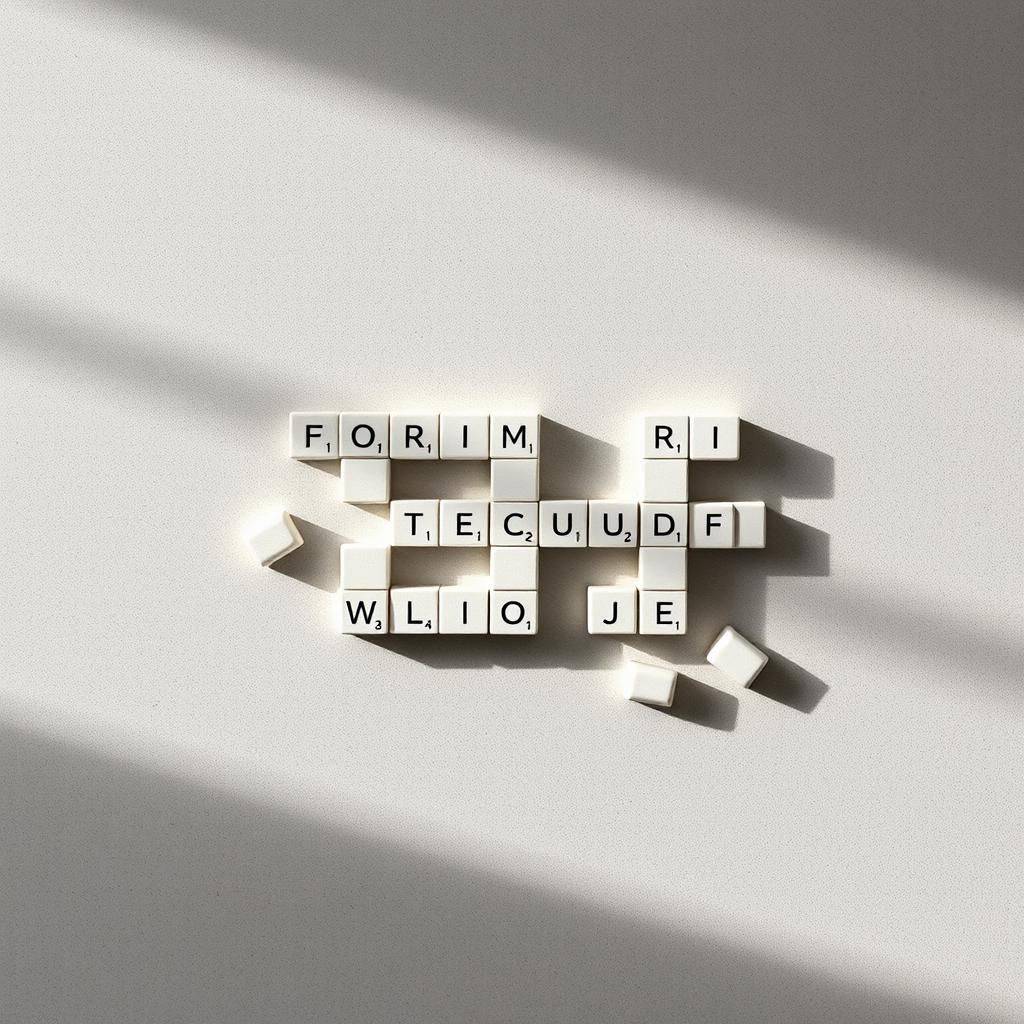
Forward and Backward Directions in Crossword Puzzles
What Do Forward and Backward Mean?
When you see “forward” or “backward” in a crossword clue, it’s easy to jump to the idea of palindromes or words that read the same in reverse. But there’s more subtlety here—these hints aren’t always about symmetrical words or exact reversals.
“Forward” typically points to the usual reading direction, left to right, guiding you gently along the familiar path of letters assembling into meaning. It can also suggest something straightforward, moving ahead without tricks.
“Backward,” on the other hand, invites a quiet twist. It asks you to look at the answer from the other side, to reverse the flow of letters or sounds. But it doesn’t always mean you need to flip the entire word like a mirror. Sometimes it signals a portion of the answer is reversed, or that a prefix or suffix should be read backward to unlock the clue’s secret.
For instance, a clue might read: “Return to start with backward step (4),” nudging you to think about a word that implies going back, but built from reversing a part of the answer. Or it might say: “Forward soldier confused, moving back (6),” where “confused” signals an anagram, and “moving back” hints the order of letters is shuffled in a reversed sequence, not just read normally.
Such playful uses of forward and backward hints keep solvers on their toes, offering a quiet invitation to loosen strict reading habits and embrace a gentle mental dance.
Consider this example: “Backward city road forks (5).” Here, “backward” is a flag indicating the answer is a word related to “road forks,” but you’ll need to reverse part or all of a root word to reach it. The solution might be “T-turn,” where “turn” relates to forks, and reading piecewise backward helps crack the code.
The beauty lies in the puzzle’s subtlety—these clues rest softly, neither pushing you too hard nor giving everything away. They whisper: try shifting perspective, slide letters around, perhaps retrace your mental steps.
In this way, “forward” and “backward” in crosswords become more than directions—they become gentle guides, inviting you to explore language’s contours in thoughtful, unexpected ways. A pause, a pivot, and suddenly the answer emerges with quiet clarity.
— A mindful moment: next time you encounter forward or backward in a clue, breathe. Let your mind drift along the letters, forward or back, and notice the calm curiosity that follows. 🕊️
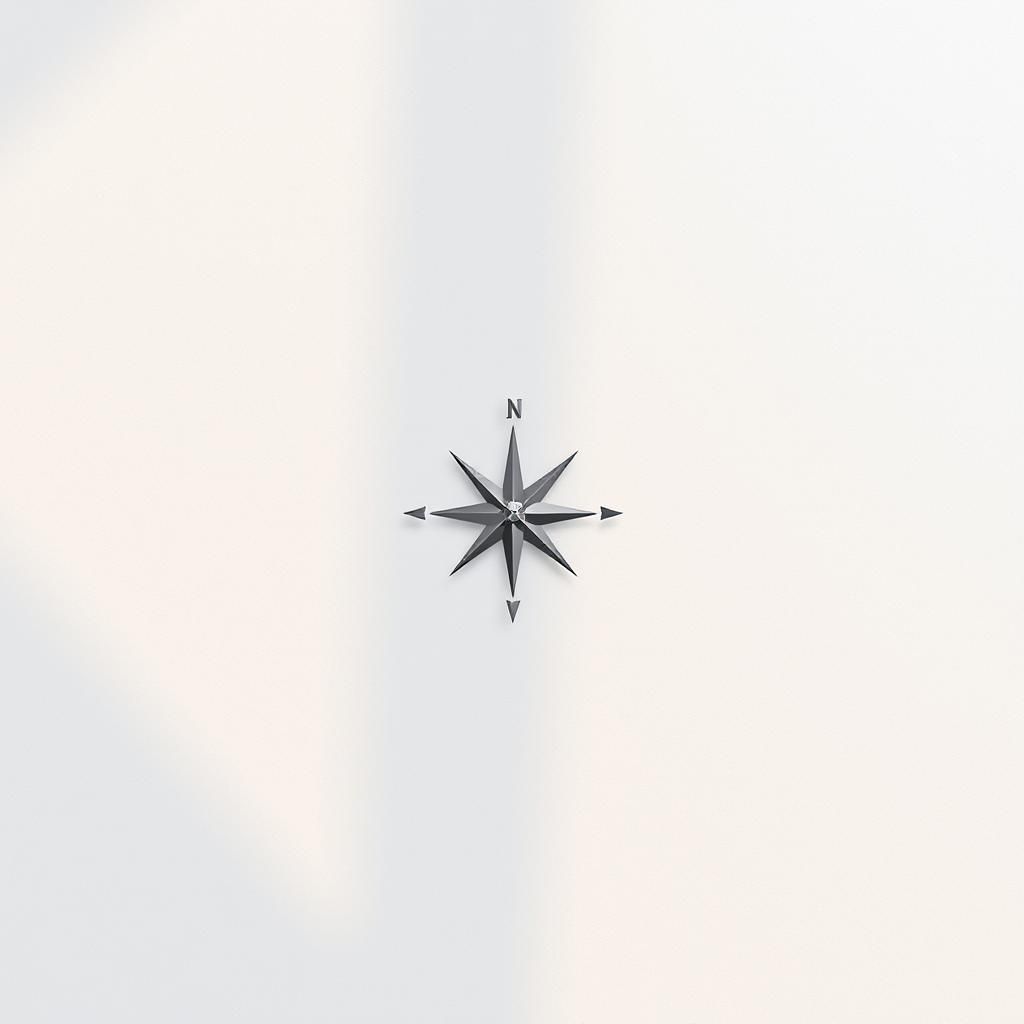
Creative Uses and Educational Benefits of Direction Clues
Crossword puzzles do more than challenge the mind—they can quietly teach us about the world around us. Direction clues, in particular, offer a subtle way to build geographic and spatial skills beyond the puzzle grid.
Think about classrooms where educators weave crossword puzzles into lessons on maps and geography. Direction words—North, South, East, West, and their relatives—aren’t just crossword fodder. They become tools for sharpening a student’s sense of place. When learners encounter these clues, they start to picture compass points, visualize movement, and grasp how directions connect with real-world locations. This gentle practice helps develop spatial awareness in a way that feels more like a game than a lesson.
Teachers might craft activities where students solve puzzles that reinforce map-reading skills or use direction-based clues to decode hints about countries, cities, or landmarks. For example, a clue suggesting “capital to the north” nudges solvers to think about relative position—not just wordplay. In this way, crossword puzzles become a quiet classroom companion, nurturing geographic literacy with each thoughtful guess.
Beyond education, puzzle constructors harness direction clues to deepen engagement and surprise. Instead of straightforward definitions, direction words invite solvers to twist their perspective, to move beyond the obvious. A clue saying “go backwards” or “move left” isn’t simply instructing—it’s coaxing an explorer’s curiosity, inviting moments of gentle discovery. These clues often create playful mental pauses, like stepping stones across a stream, encouraging solvers to slow down and consider different pathways.
The skillful use of direction clues transforms a crossword from a static riddle into a dynamic mental journey. Each directional hint offers a fresh rhythm, a subtle nudge to see words and meanings from new angles. And just like a quiet walk through a familiar landscape revealing hidden views, these puzzles invite us to wander thoughtfully until the answer emerges softly into focus. 🌿
So next time you see a directional clue, pause and feel the nudge—there’s more than one way forward, and every direction holds its own quiet lesson.
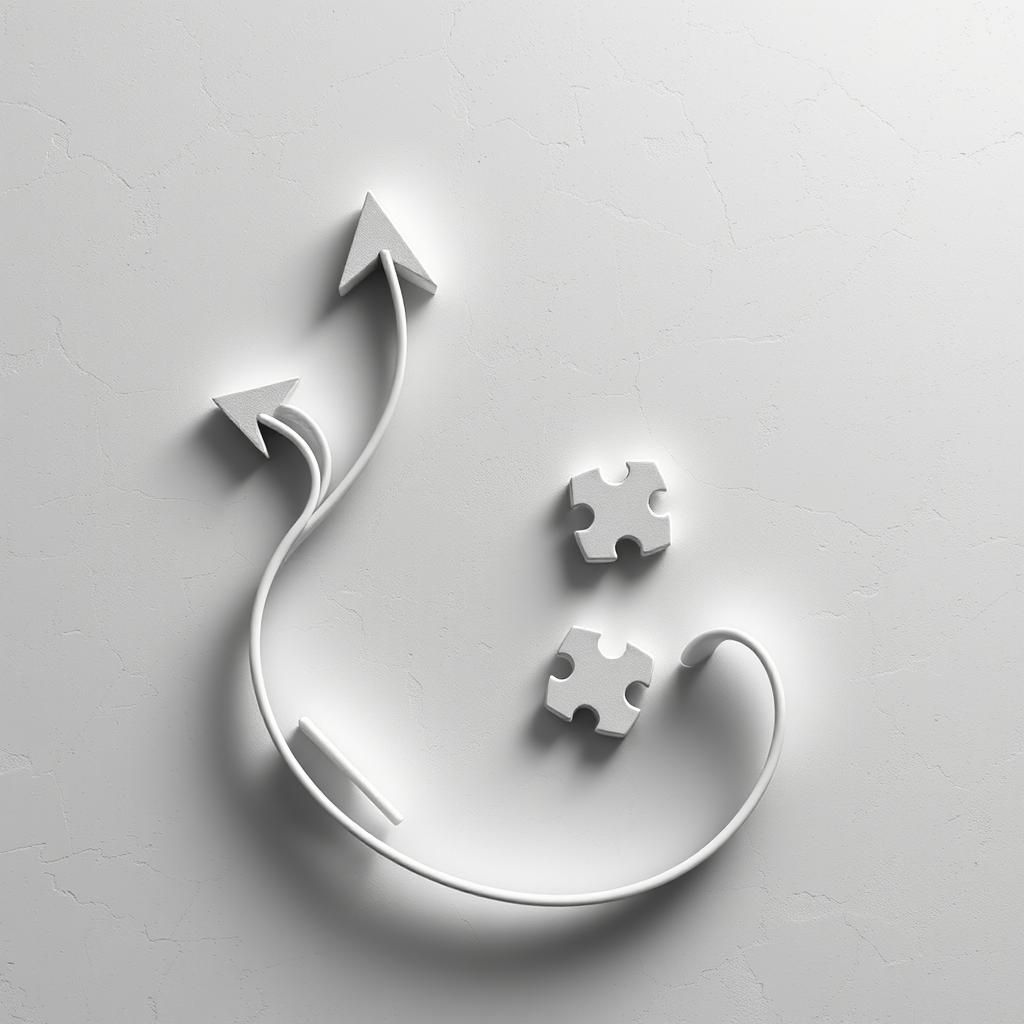
Expert Tips, Myths Debunked, and Final Thoughts
When you spot a direction word in a clue—north, left, backward—pause for a moment. These words aren’t just filler; they are quiet signposts, gently nudging you toward the answer. One helpful strategy is to treat direction clues as little puzzle anchors. If the clue says “backward,” try reading the potential answer the other way around. If it points “downward,” consider if the answer fits vertically or if letters should be rearranged from top to bottom. This mindful pause often reveals new pathways through the grid that might otherwise stay hidden.
There are some myths worth releasing as you explore these clues. It’s easy to think that directional words only tell you where an answer sits or how to read it—say, left to right or bottom to top. But direction clues can be more playful, sometimes hinting at word transformations, puns, or thematic twists. Another common misconception is that “forward” and “backward” always mean palindromes or reversible words. While that’s sometimes true, these hints can also invite solvers to look at meaning shifts, or subtle reversals in phrasing. The key is to welcome flexibility, rather than confining yourself to rigid patterns.
For both newcomers and seasoned solvers, direction clues offer a quiet invitation to deepen your curiosity. They add layers—not for complexity’s sake—but as gentle challenges that refresh your approach and reward patience. If you ever feel stuck, think of these clues as whispers from the puzzle’s heart, encouraging you to breathe, look again, and perhaps to see direction in a new light.
So next time you fold open your crossword, consider this: direction clues aren’t just about pointing the way. They are moments of reflection, urging you inward, where the puzzle’s calm clarity waits to be found. Take a breath, let your mind wander along the compass rose, and enjoy the subtle dance of clues and answers unfolding before you. 🕊️
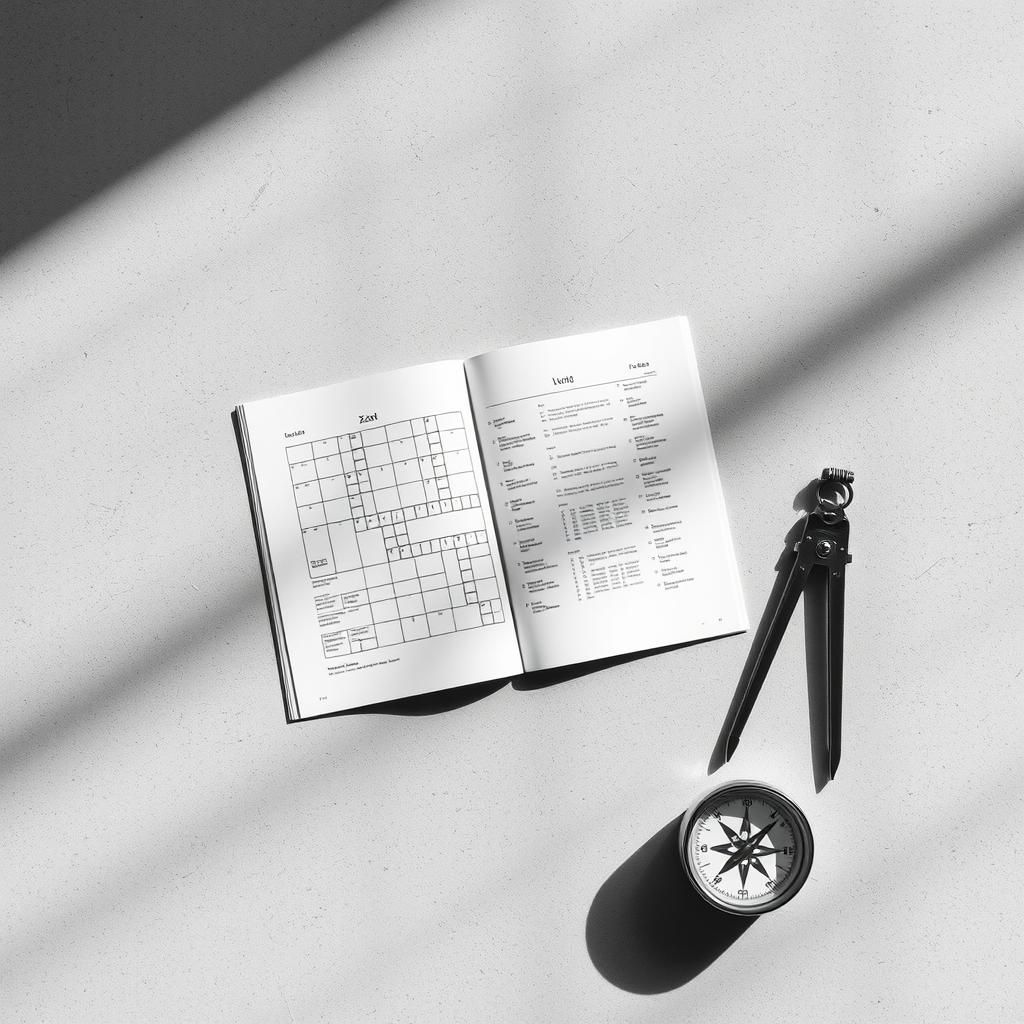
References and Further Reading
If you’re ready to wander deeper into the world of directional clues, these thoughtful resources offer steady guidance and fresh puzzles to explore:
-
The Guardian: Cryptic Crosswords for Beginners – Points of the Compass
A gentle introduction to compass-based clues in cryptic crosswords, perfect for those curious about how direction words guide answers. Read more here -
USA Today: Daily Crossword Analysis
Regular insights into daily crosswords, highlighting clever uses of direction hints to keep your solving skills sharp and engaged. Explore the analysis -
New York Times Daily Puzzle
A rich source of puzzles that often weave direction clues into their fabric, offering both challenge and calm discovery. Try today’s puzzle -
Puzzazz: How to Solve Cryptic Crosswords
A mindful guide for those who want to gently navigate cryptic puzzles, with helpful tips on spotting and interpreting directional hints. Learn more here -
Wordplays: Understanding Backward Direction Clues
For a quieter look at backward clues in particular, this resource unpacks their subtle meanings and playful twists on word order. Discover more -
Education World: Using Direction Clues in Education
A thoughtful piece exploring how crossword puzzles with direction clues serve as gentle tools to teach geography and spatial thinking. Read the lesson plan -
The Guardian: Beginners’ Guide to Backwards Clues
A soft invitation for newcomers to understand and appreciate the charm of backwards clues—the moments when words flow in reverse, opening new doors in puzzle-solving. Begin your journey
These spaces of learning and practice remind us that crosswords, like quiet maps for the mind, invite us to pause, reflect, and follow subtle signals inwards and onwards 🕊️. Each clue offers a chance—not just to solve, but to savor a rare stillness in movement. If you’re looking to gently build your skills, let these be your companions along the way.
Share to...
I hope you enjoy the content.
Want to receive our daily crossword puzzle or article? Subscribe!
You may also be interested in
Share to…
Want to receive our daily crossword puzzle?
-
Jigsaw Puzzles
Bryggen Waterfront Puzzle: Vibrant Bergen Scene 250 | 300 | 500 Pieces
kr 348,00 – kr 439,00Price range: kr 348,00 through kr 439,00 Select options This product has multiple variants. The options may be chosen on the product page -
Jigsaw Puzzles
Maine Coon Cat Ink Wash Puzzle 250 | 300 | 500 Pieces
kr 348,00 – kr 439,00Price range: kr 348,00 through kr 439,00 Select options This product has multiple variants. The options may be chosen on the product page -
Jigsaw Puzzles
Autumn Whiskers and Pumpkin Paws Puzzle 250 | 300 | 500 Pieces
kr 348,00 – kr 439,00Price range: kr 348,00 through kr 439,00 Select options This product has multiple variants. The options may be chosen on the product page
